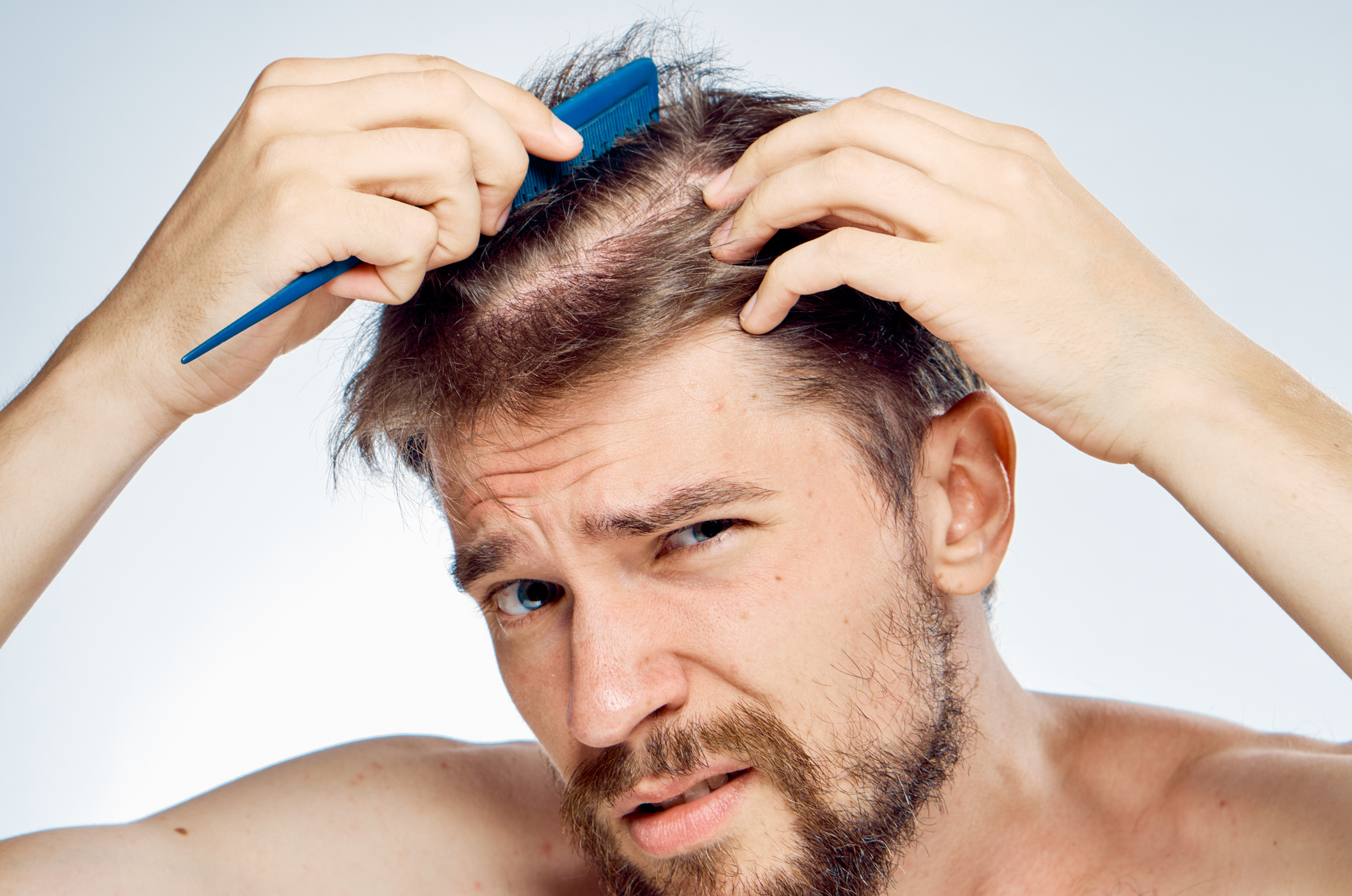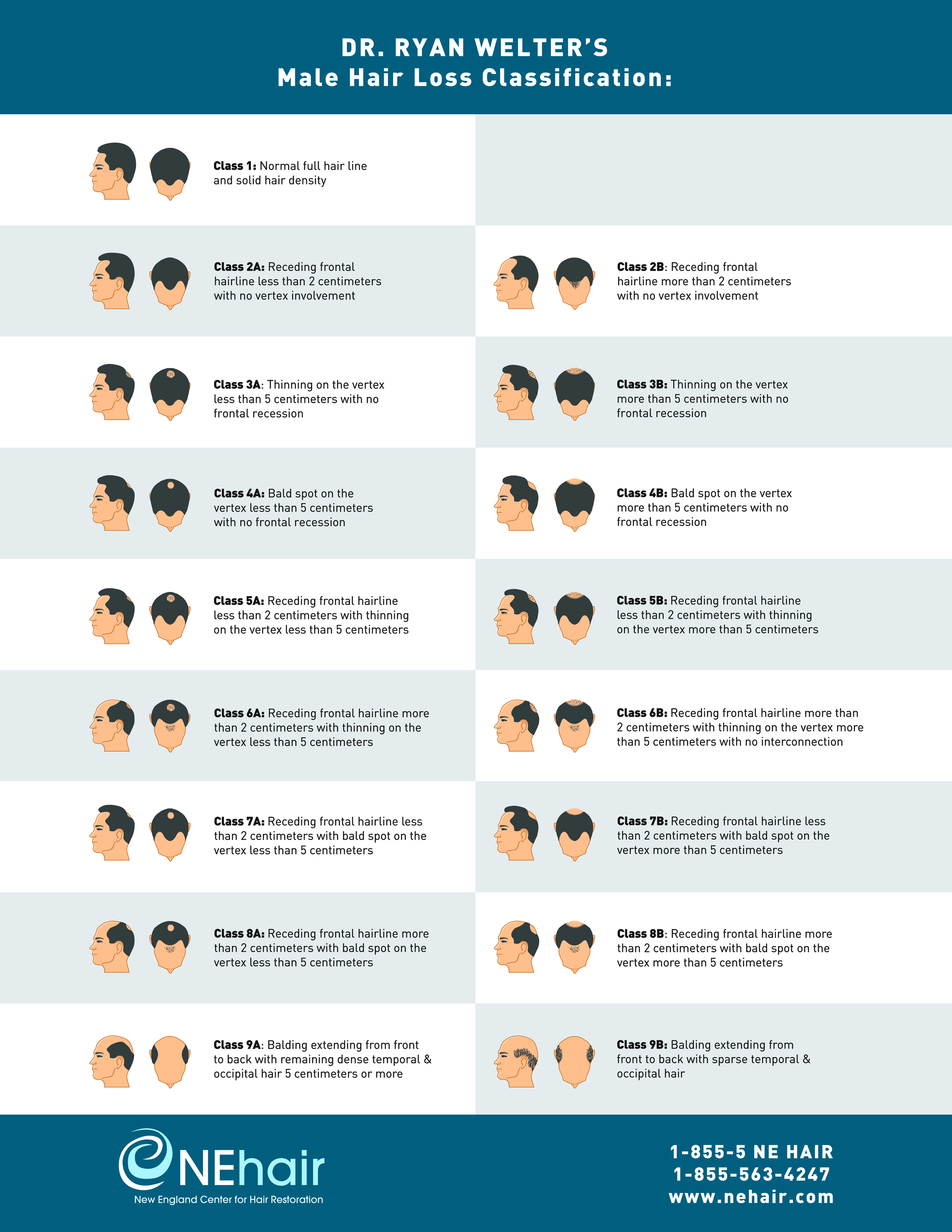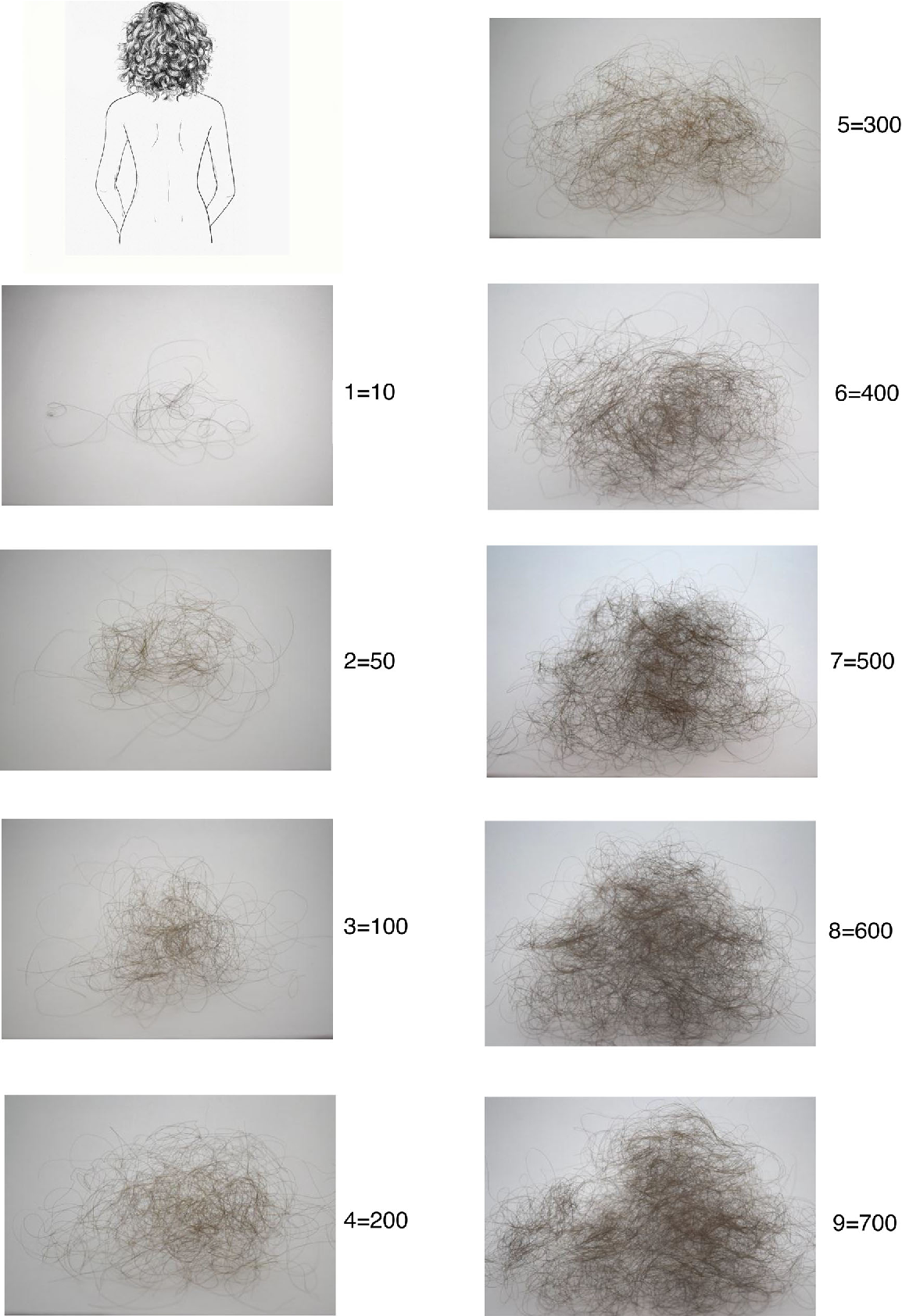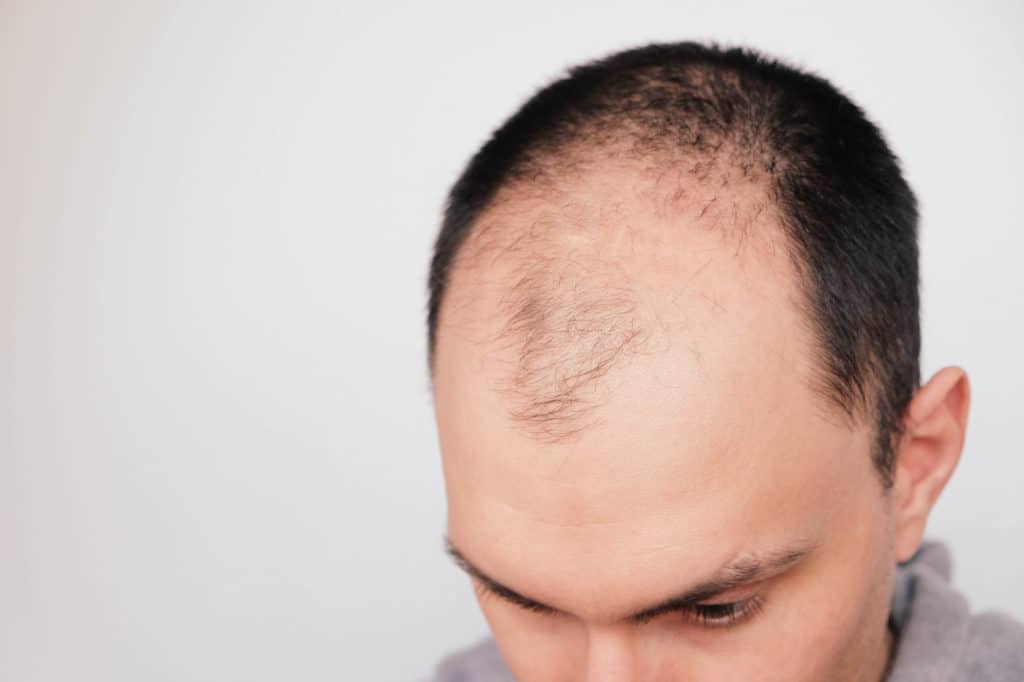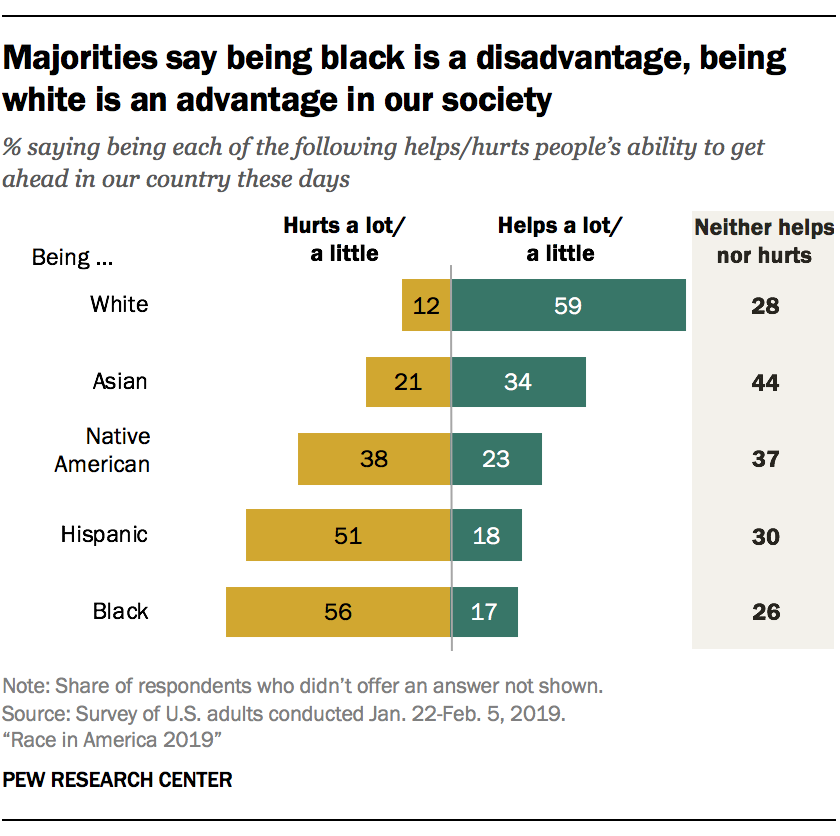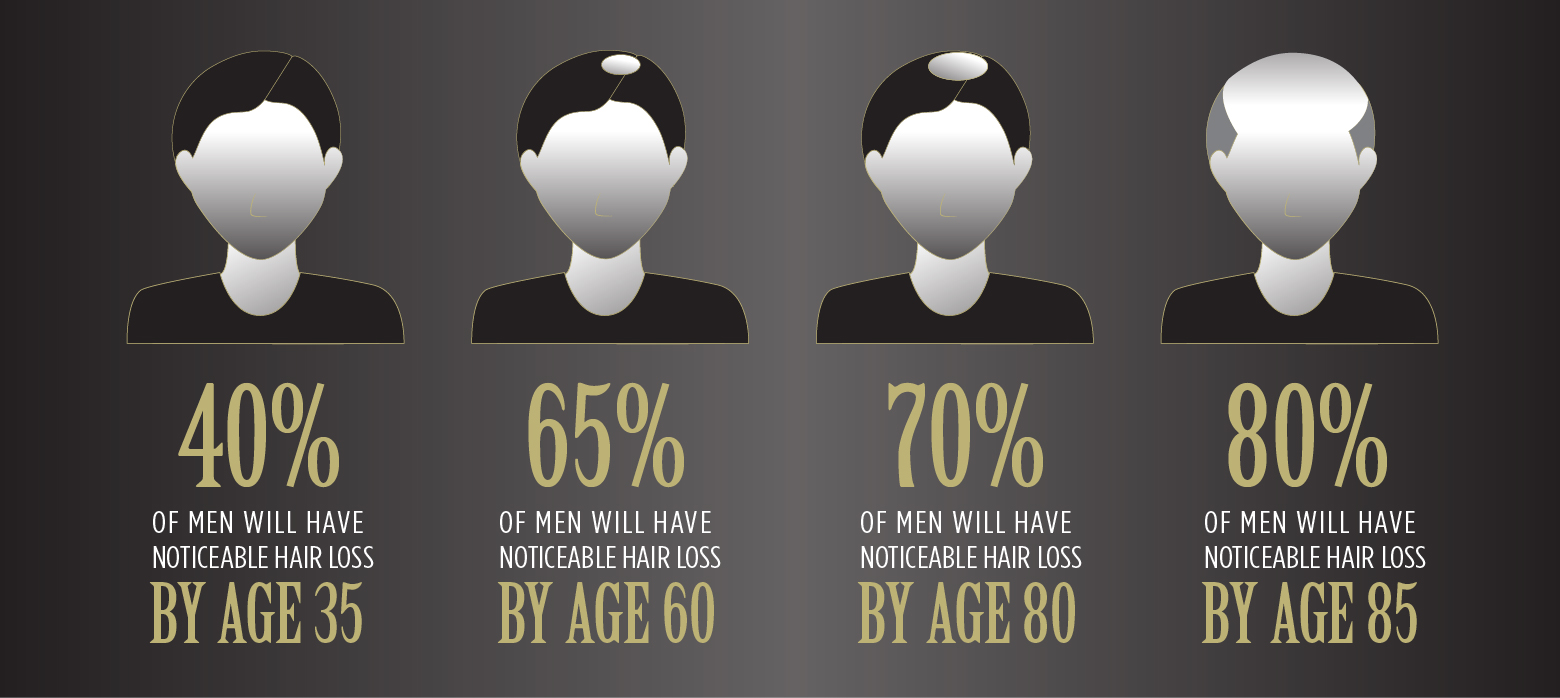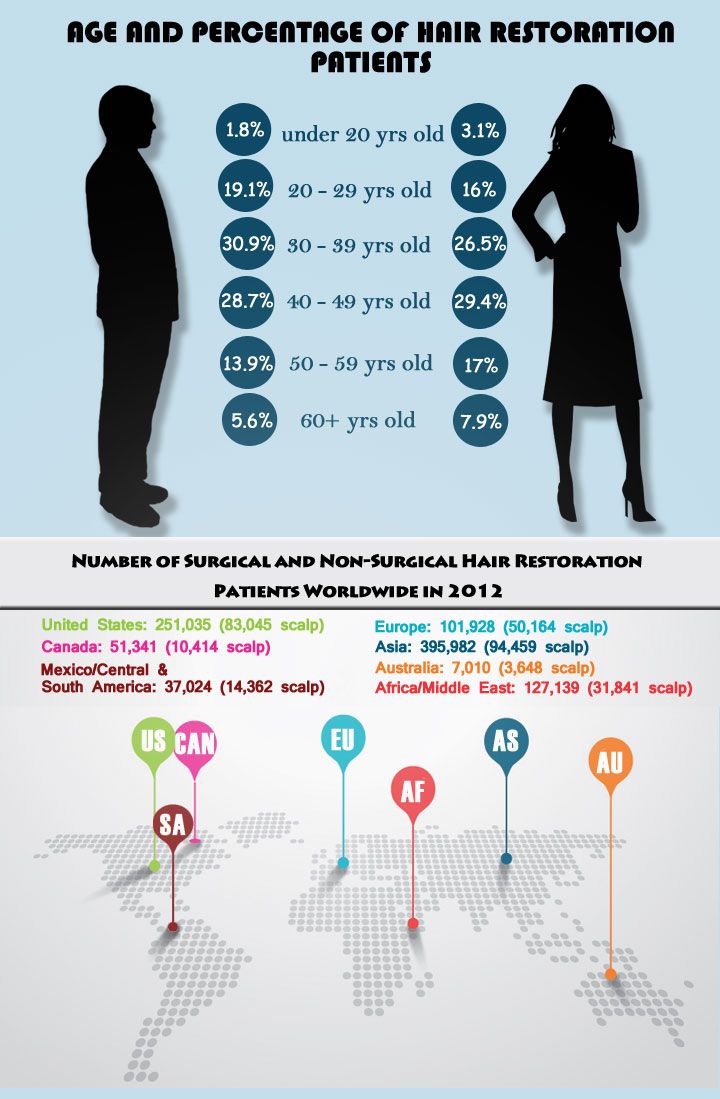Fabulous Tips About What Race Does Not Lose Hair 2020 Bob Hairstyles

Our model is updated every day and combines state and national polls.
What race does not lose hair. Although losing some hair is normal as you age, your ethnicity could affect when and how much hair loss occurs. It’s well known that many chemotherapy medications used to treat cancer can bring undesirable side effects, such as hair loss, lack of appetite, and fatigue. Hair loss is a universal condition, affecting all ages, races, genders and nationalities.
However, some ethnic groups are more susceptible than others to hair loss and thinning. Hair loss can affect people of all ages and races. Among the findings:
According to cancer research uk, only some chemotherapy drugs cause hair loss or hair thinning. Hair graying is commonly associated with increased age. For the most part, it can be physically.
What race does not lose hair? Some scientists believe that a change in hair loss results from genetic differences associated with different races, while others do not find any correlation. Hair loss is common in men and women, particularly with age—for example, androgenetic alopecia (or pattern baldness) affects 80% of men and 40% of women.
Society taught me that. Joe biden has about a 1 in 3 chance. Why do inuit people (eskimos), native american indians and chinese suffer hair loss and baldness the least?
Yes, according to new research that suggests race plays a role in when and how your hair goes gray. There are racial differences, however, in the incidence of male pattern baldness. Alopecia areata is more common among african americans but less common among asians, compared with whites, according to a new study involving registry data.
Native americans do not experience male pattern baldness, while caucasians have the highest rates, followed by afro. It comes in a foam or.
Minoxidil is the best known. The researchers found 68% of white men reported hair loss compared to 64% of south asian men and 59% of black men. The highest rates are found among caucasians,.
While researchers tend to classify hair into three ethnic types, asian hair, african hair and caucasian hair, it’s important to note that there are differences in these groups. It’s estimated that “androgenetic alopecia,” or male and female pattern baldness affects 35. This can be due to genetic factors, cultural practices or a.
Del campo said — when patients apply it at least daily and preferably twice a day. In fact, an estimated 40 percent of men will experience noticeable loss by age 35 while 80 percent of women will see comparable results by age 60. How are race, ethnicity and hair loss connected?
